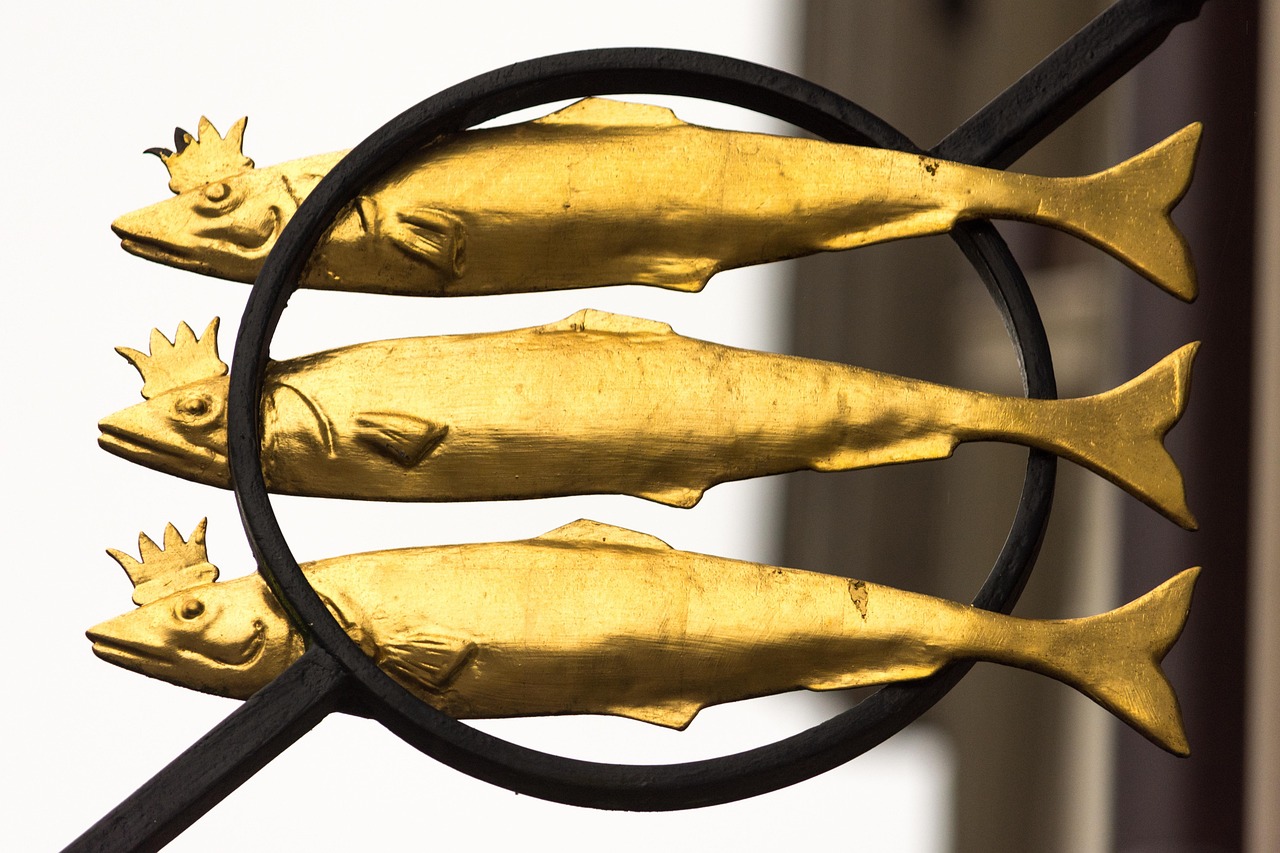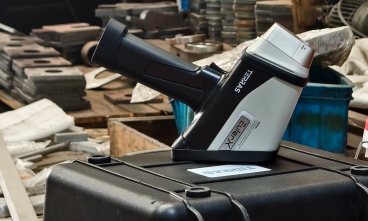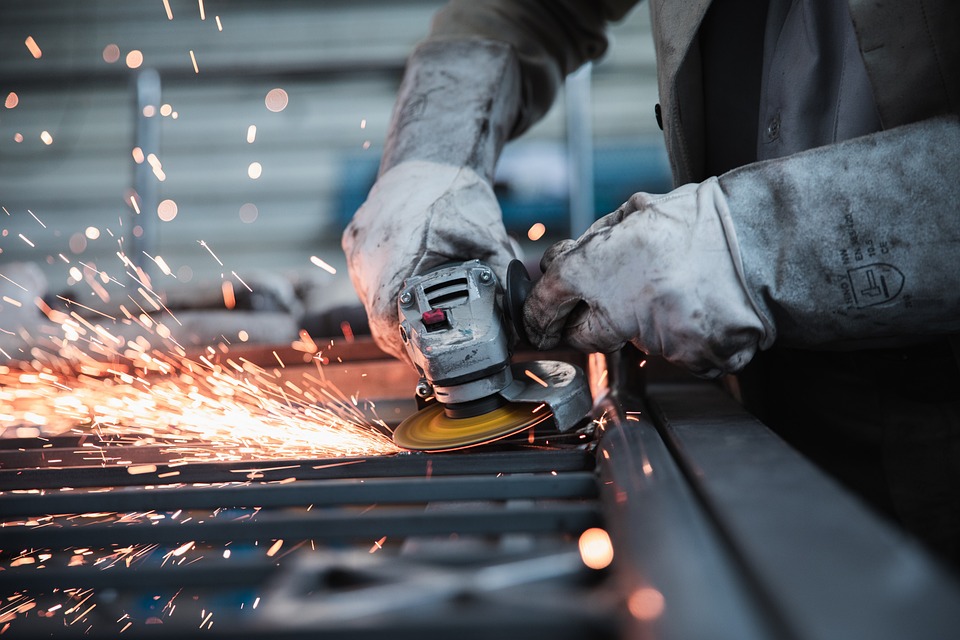
Gold and Jewelry
A high-tech enterprise focusing on the development and application of X-ray technology products, committed to becoming a leading supplier of X-ray industrial testing solutions.
The Ultimate Guide to Silver XRF Testing Machines: How They Ensure Accuracy
When it comes to testing the purity of silver and other precious metals, accuracy is paramount. Whether you're a jeweler, a dealer, or a researcher, ensuring the authenticity and purity of silver is crucial for both value and quality. One of the most reliable and non-destructive methods used for this purpose is X-ray fluorescence (XRF) testing.
In this ultimate guide, we will explore what silver XRF testing machines are, how they work, and how they ensure accuracy in the testing process.
What is an XRF Testing Machine?
X-ray fluorescence (XRF) testing machines are advanced analytical instruments used to determine the composition of materials, particularly metals. By emitting X-rays onto a sample, the machine induces the atoms in the sample to fluoresce, emitting secondary X-rays that are characteristic of the elements present in the sample. The emitted X-rays are then analyzed, providing a detailed breakdown of the material's elemental composition.
For silver and other precious metals, this technology allows you to quickly and accurately determine the purity, typically expressed in parts per thousand (ppt), without causing any damage to the material.

How Does an XRF Machine Work?
XRF testing machines work by emitting high-energy X-rays onto a sample of silver. When the X-rays strike the material, they knock electrons out of the inner orbitals of the atoms within the silver. This causes the atoms to become unstable and emit secondary (fluorescent) X-rays as they return to their stable state.
These emitted X-rays have specific wavelengths corresponding to the elements in the sample. By measuring these wavelengths and intensities, the XRF analyzer can identify which elements are present and in what concentrations. For silver, this means determining the amount of pure silver, as well as the presence and concentration of other elements like copper, nickel, and other alloys.
Why Use XRF for Silver Testing?
Non-Destructive Testing: XRF testing is completely non-destructive, meaning the silver sample remains intact after testing. Unlike other methods, such as fire assay or acid testing, there is no need to alter or damage the sample in any way.
Speed and Efficiency: XRF testing is fast and efficient. Results are typically available within seconds to a few minutes, allowing for rapid assessment of silver purity without waiting for lengthy chemical processes or laboratory analyses.
High Accuracy and Precision: XRF testing provides highly accurate results, often with a margin of error as low as 1%. This makes it one of the most reliable methods for determining silver purity, particularly when dealing with precious metals that require precise assessments.
Portability: Many modern XRF machines are portable, allowing for testing on-site rather than in a laboratory. This is especially useful for jewelers, dealers, or anyone in the precious metal trade who needs quick, reliable testing in a range of environments.
Key Features of High-Quality Silver XRF Testing Machines
When selecting an XRF testing machine, several factors ensure the accuracy of results. Some of these key features include:
High-Resolution Detectors: A good XRF machine should feature high-resolution detectors that can accurately measure the emitted X-rays from the silver sample. This enables precise identification and quantification of elements, including trace metals.
Calibration and Standards: Regular calibration using certified reference materials (CRMs) is essential for ensuring the machine’s accuracy. Top-quality XRF testing machines come pre-calibrated or offer the ability to calibrate with known standards, ensuring consistent and reliable results over time.
Elemental Range: The range of elements detectable by the XRF machine is also critical. For silver, it’s important that the machine can detect a wide variety of elements that are commonly found in silver alloys, such as copper, gold, palladium, and platinum.
Software Integration: Many XRF testing machines come with advanced software that provides easy-to-interpret results. This software can analyze the data and give you detailed reports on the purity of the silver, the presence of alloys, and even suggest what percentage of silver is in the sample.
Detector Sensitivity: Higher sensitivity in detectors ensures that even low concentrations of elements can be accurately measured. This is particularly important when testing silver that may contain small amounts of other metals.
How XRF Machines Ensure Accuracy in Silver Testing
Accuracy in XRF testing comes from several factors:
Calibration with Certified Standards: To guarantee precise readings, XRF machines must be calibrated with known standards, which ensures that the system is properly calibrated to measure silver and other metals accurately. This process reduces the chances of errors in the readings.
Elemental Sensitivity: The machine's ability to detect even trace amounts of other elements present in the silver helps to avoid false readings. For instance, if silver is alloyed with a high concentration of copper or gold, XRF can detect these elements and provide a more accurate purity reading.
Multiple Scans for Confirmation: Many XRF devices allow for multiple scans of the same sample. By performing several readings, the machine can provide an average result that enhances the overall accuracy and ensures consistency.
Sophisticated Data Analysis: Modern XRF machines use advanced algorithms to analyze the emitted X-rays and convert them into readable data. The software then compares the data against known reference materials to produce highly accurate results.
User Expertise: The skill and expertise of the user also play a role in ensuring accurate results. Training is essential to ensure that the XRF machine is being used correctly, with the right settings and sample preparation methods, which helps minimize human error.

Terras EulerX990 Handheld Precious Metal Analyzer
The EulerX990 Portable Gold Analyzer utilizes advanced X-ray fluorescence (XRF) technology to accurately measure gold purity (9K-24K), silver, platinum, palladium, and other alloying elements in seconds—even detecting plated layers and non-standard alloys. Its lightweight, rugged design and intuitive touchscreen make it ideal for jewelers, pawnshops, and mining sites. With built-in Wi-Fi/USB connectivity, it enables real-time data transfer and advanced software reporting for efficient precious metal analysis.
Conclusion
Silver XRF testing machines are invaluable tools in the precious metals industry, offering fast, accurate, and non-destructive testing for silver purity. By using advanced X-ray technology, these machines provide precise results that ensure silver is accurately identified and valued. Whether you are testing silver for quality control, trading, or research, an XRF testing machine is an essential piece of equipment for ensuring the accuracy of silver testing.
By investing in a high-quality XRF testing machine and understanding its features and capabilities, you can ensure that every silver sample is tested with precision, giving you confidence in your findings and your business operations.
Join Us
Subscribe to our email list for updates & promotions.



